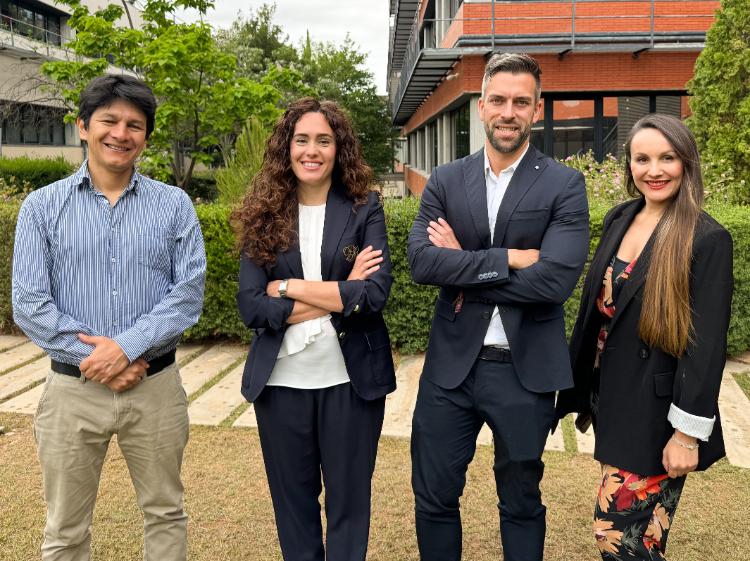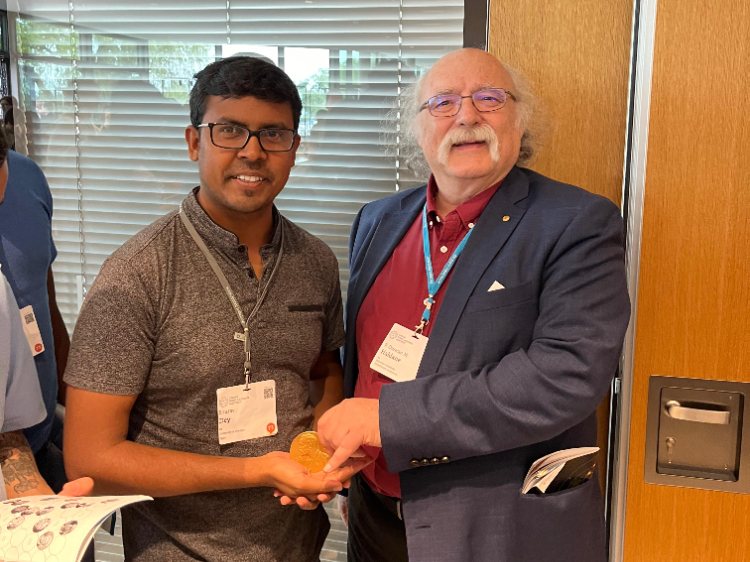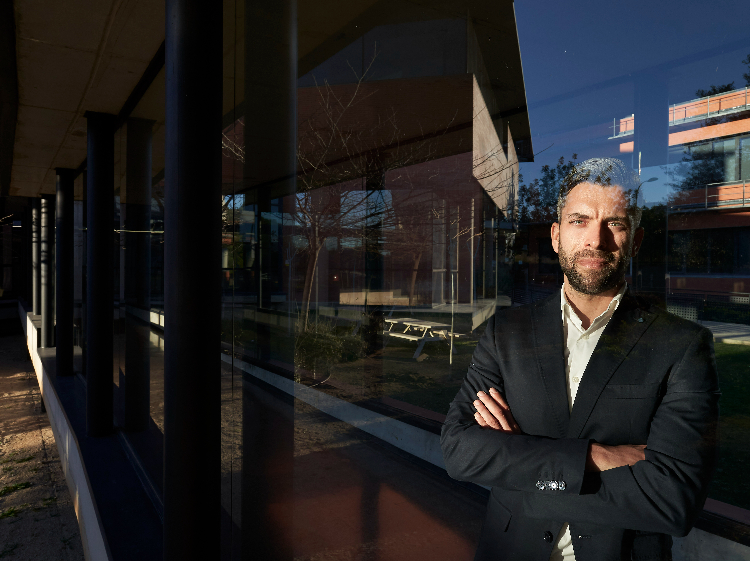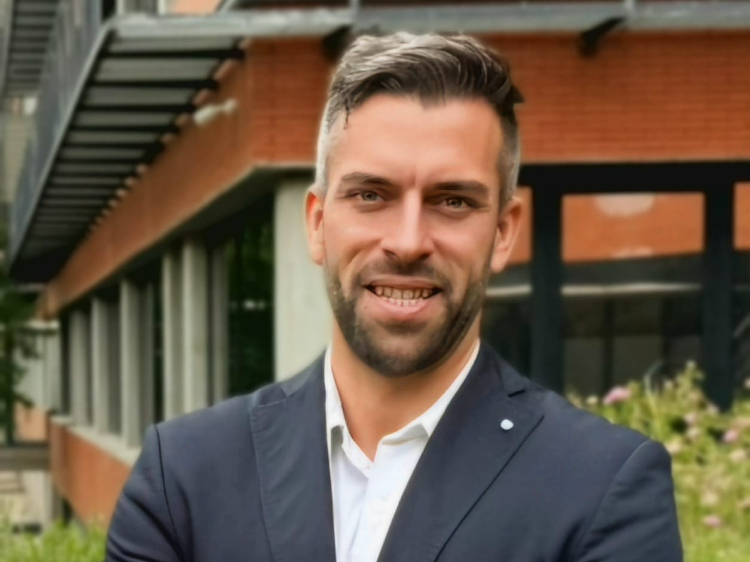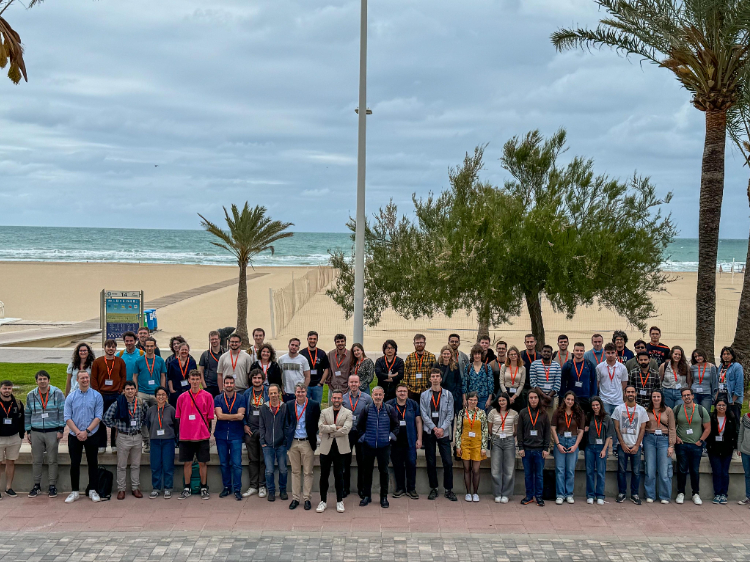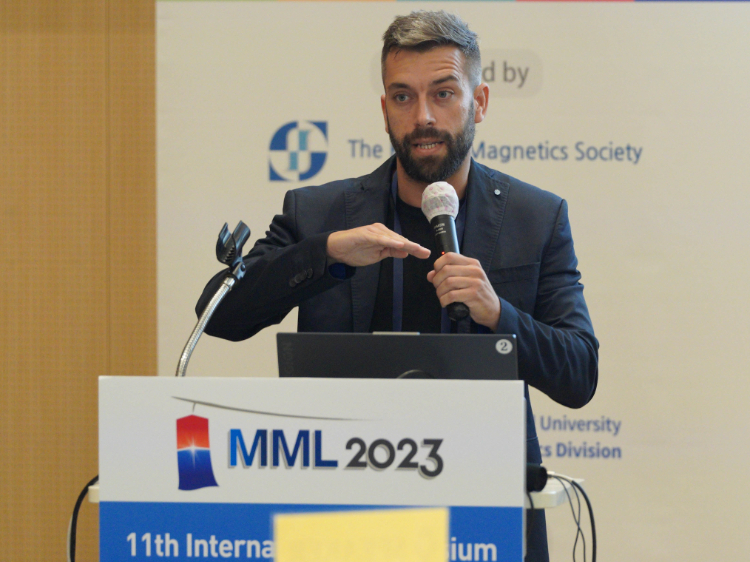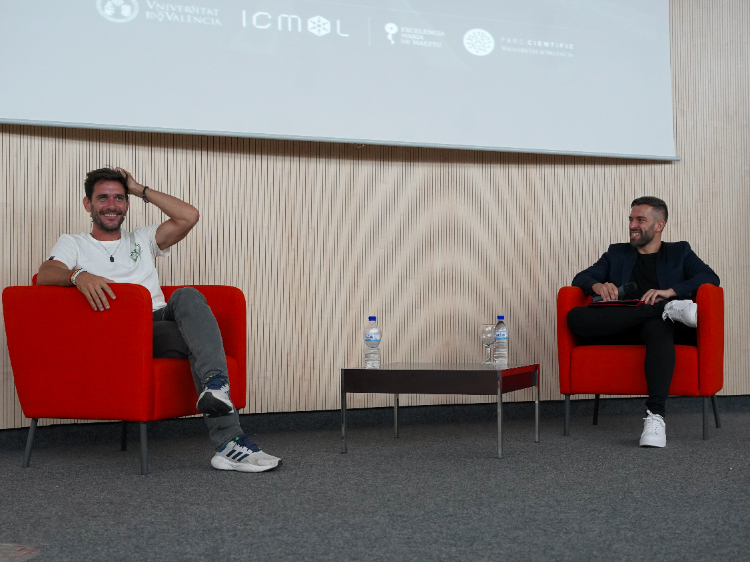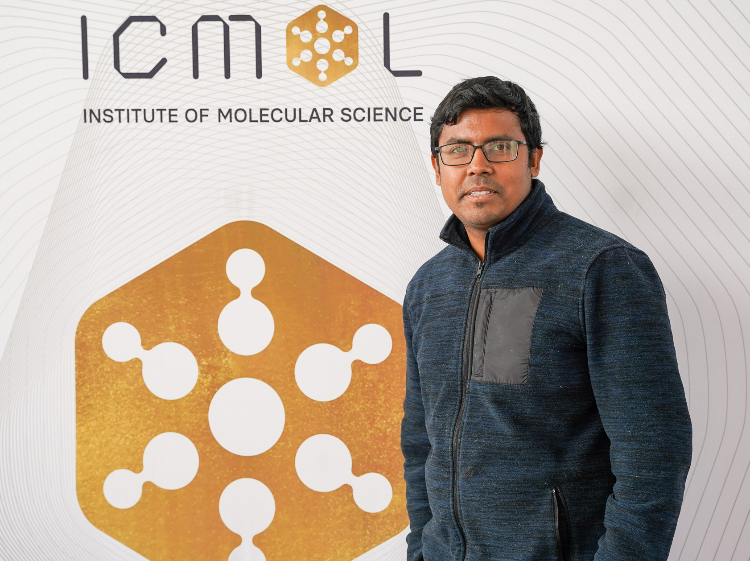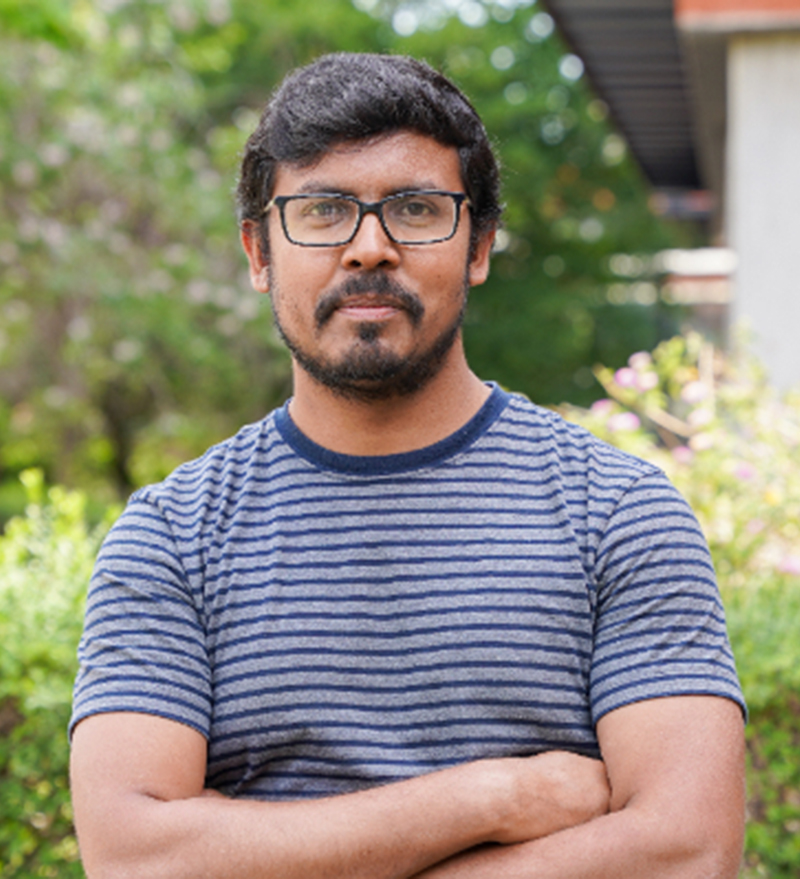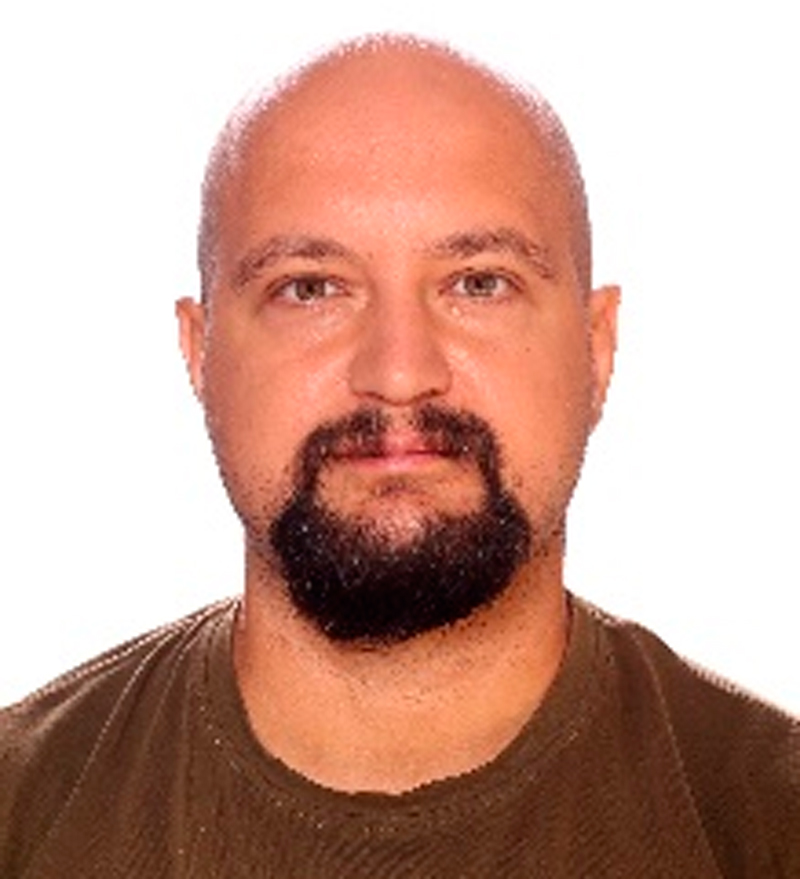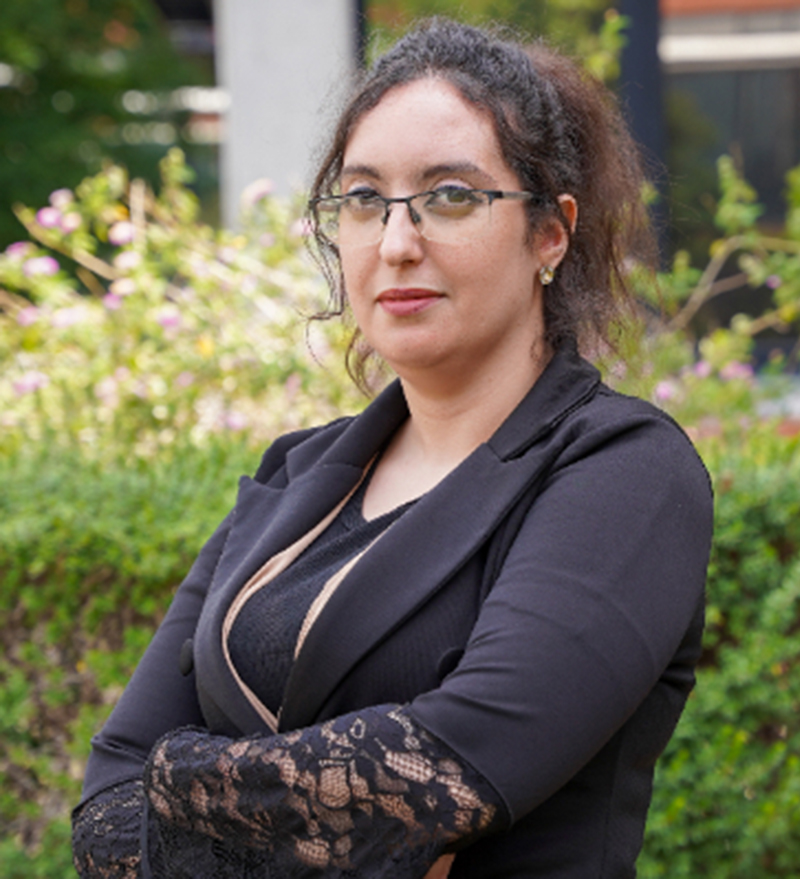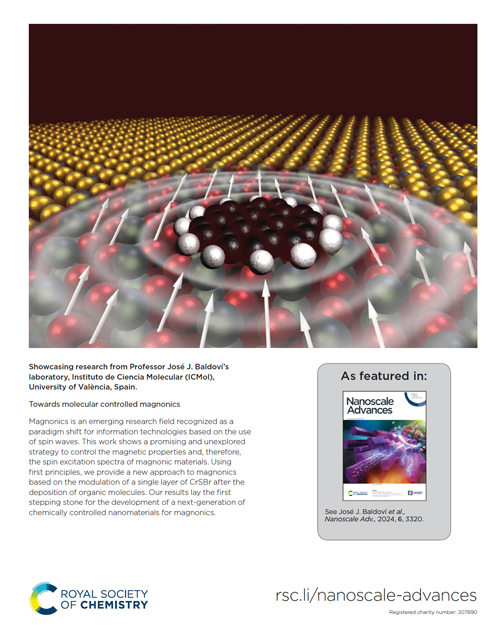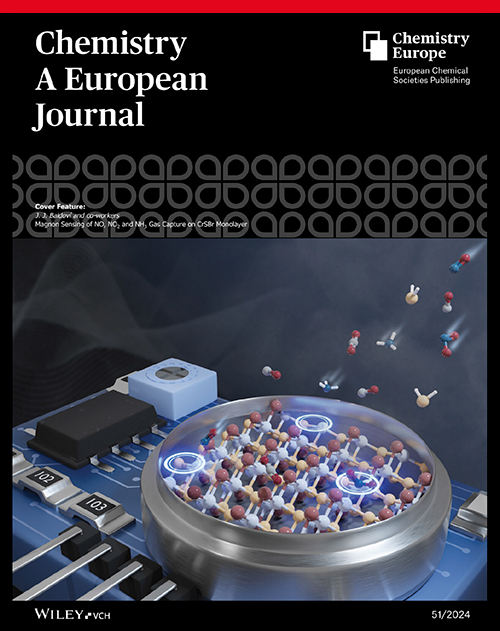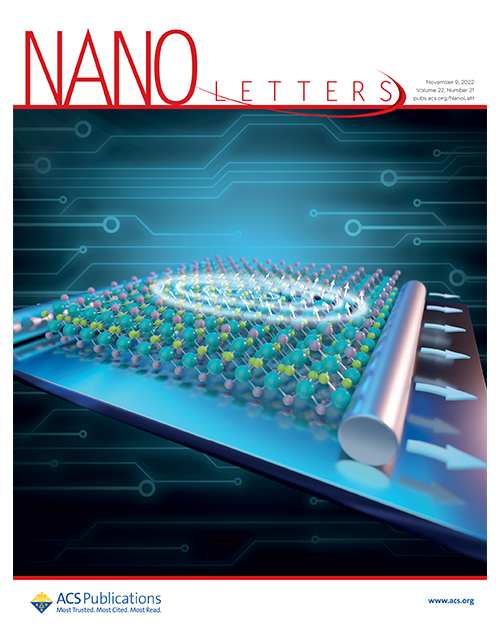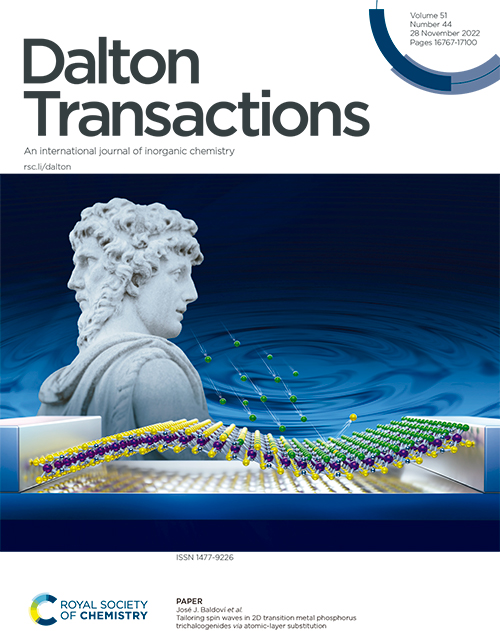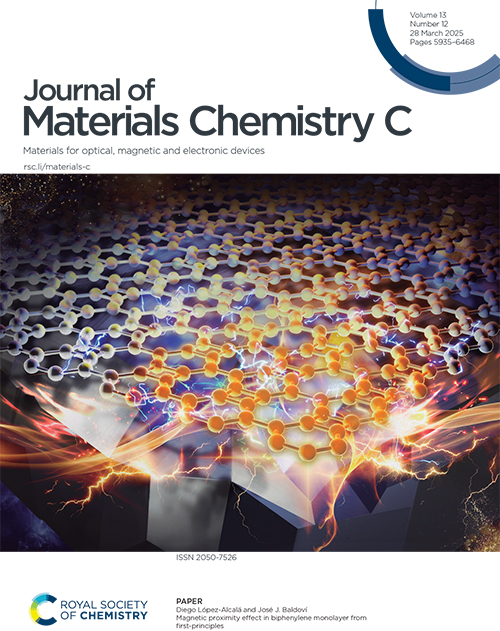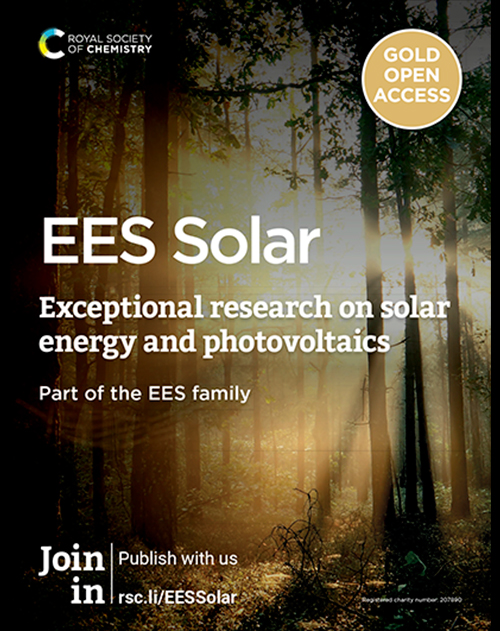
Welcome to
2DSmartMat
we are 2d smart material laboratory
WE ARE 2D SMART MATERIALS LAB
The research activity of our group focuses on the design and theoretical characterization of novel materials based on two-dimensional (2D) crystals. Specifically, we aim to understand their electronic, structural, magnetic, and vibrational properties using first-principles methods and model Hamiltonians, combining tools from quantum chemistry, solid-state physics, and materials science.
Our main goal is the development and application of efficient theoretical and computational frameworks that serve as a driving force for the creation of advanced quantum materials, with a particular focus on those that can be controlled by external stimuli such as light, pressure, or temperature. Our research lies at the interface of physics and chemistry, our research also explores potential applications in emerging fields such as magnonics, spintronics, quantum computing and sensing.
visit
RESEARCH
Design and electronic structure of advanced materials
Magnetic properties and spin dynamics
Efficient theoretical and computational frameworks
Smart hybrid molecular/2D materials
Transport in van der Waals materials
Applications in emerging fields

OUR
RESEARCH LINES
(1) 2D materials and heterostructures
We investigate the structural, electronic and magnetic properties at the 2D limit through state-of-the-art computational methods and model Hamiltonians, using orbitally-resolved analysis, as well as the potential applications of 2D materials in spintronics and magnonics. We primarily focus on 2D magnetic materials, 2D multiferroic materials and van der Waals heterostructures.
(2) Molecular/2D hybrid materials
We study the properties of sublimable organic and inorganic molecules on the surface of two-dimensional materials, modeling the interface-induced properties with the goal of creating new smart devices based on the coherent control of these properties.
(3) Molecular magnetic materials
We design and investigate low-dimensional molecular materials with intriguing magnetic properties (molecular nanomagnets, molecular quantum bits, magnetic metal-organic frameworks, etc.), taking advantage of the vast flexibility provided by chemistry.
(4) Strongly correlated materials
We investigate the electronic structure of strongly correlated quantum materials such as topological insulators, superconductors, quantum spin liquids, and heterostructures. We combine ab initio calculations with tight-binding Hamiltonians based on maximally-localized Wannier functions.
Worklines
Papers
Publications
Projects
News
Collaborators
watch the
NEWS
watch the
NEWS
Careers
Et harum quidem rerum facilis est et expedita mea voluptas fuga quod mea.



